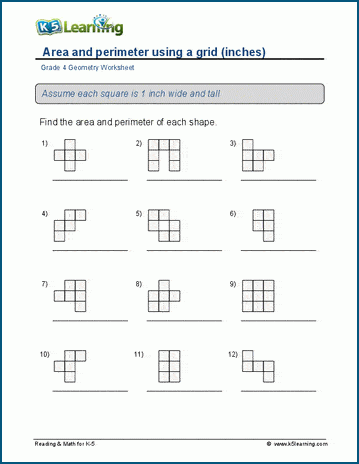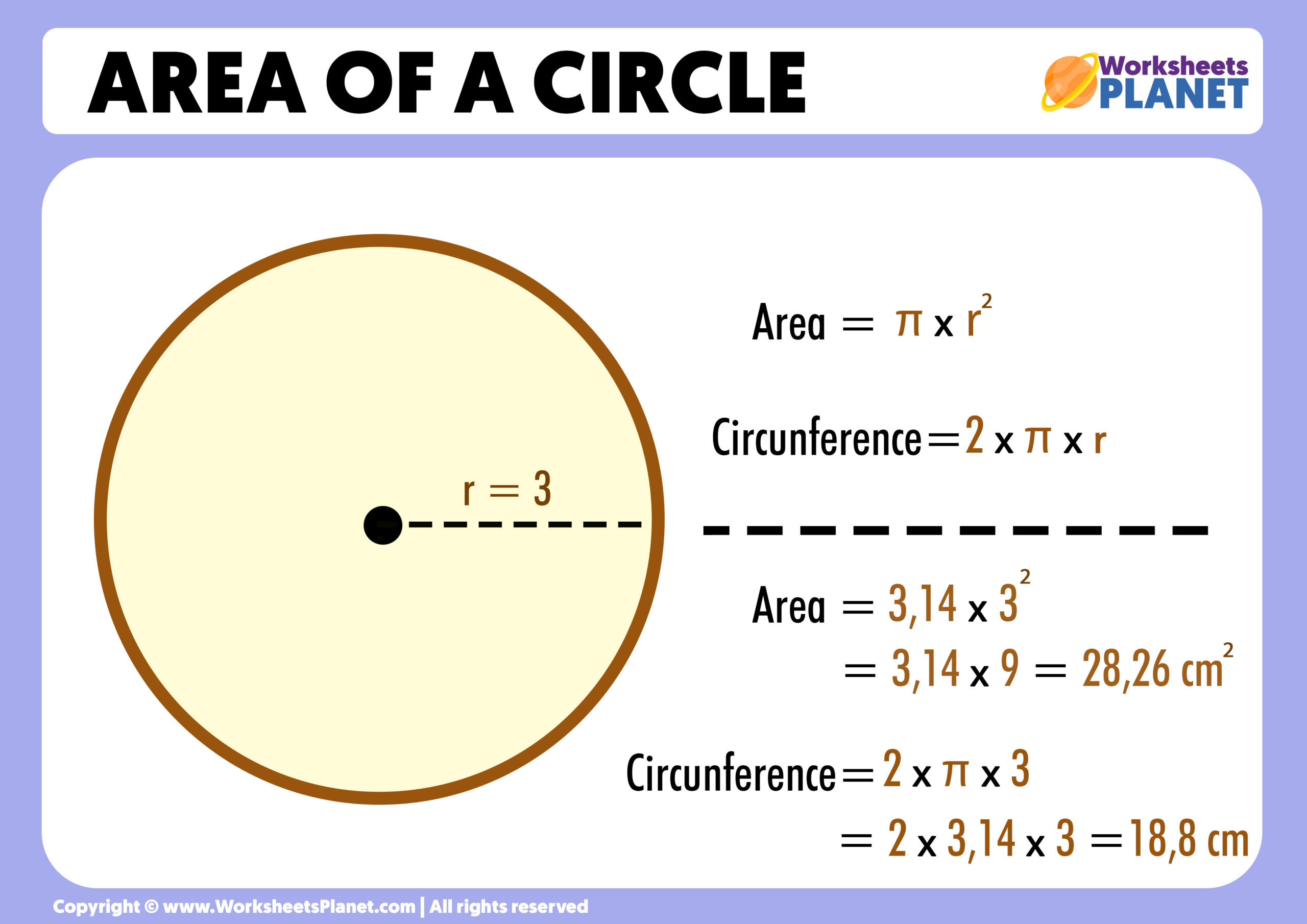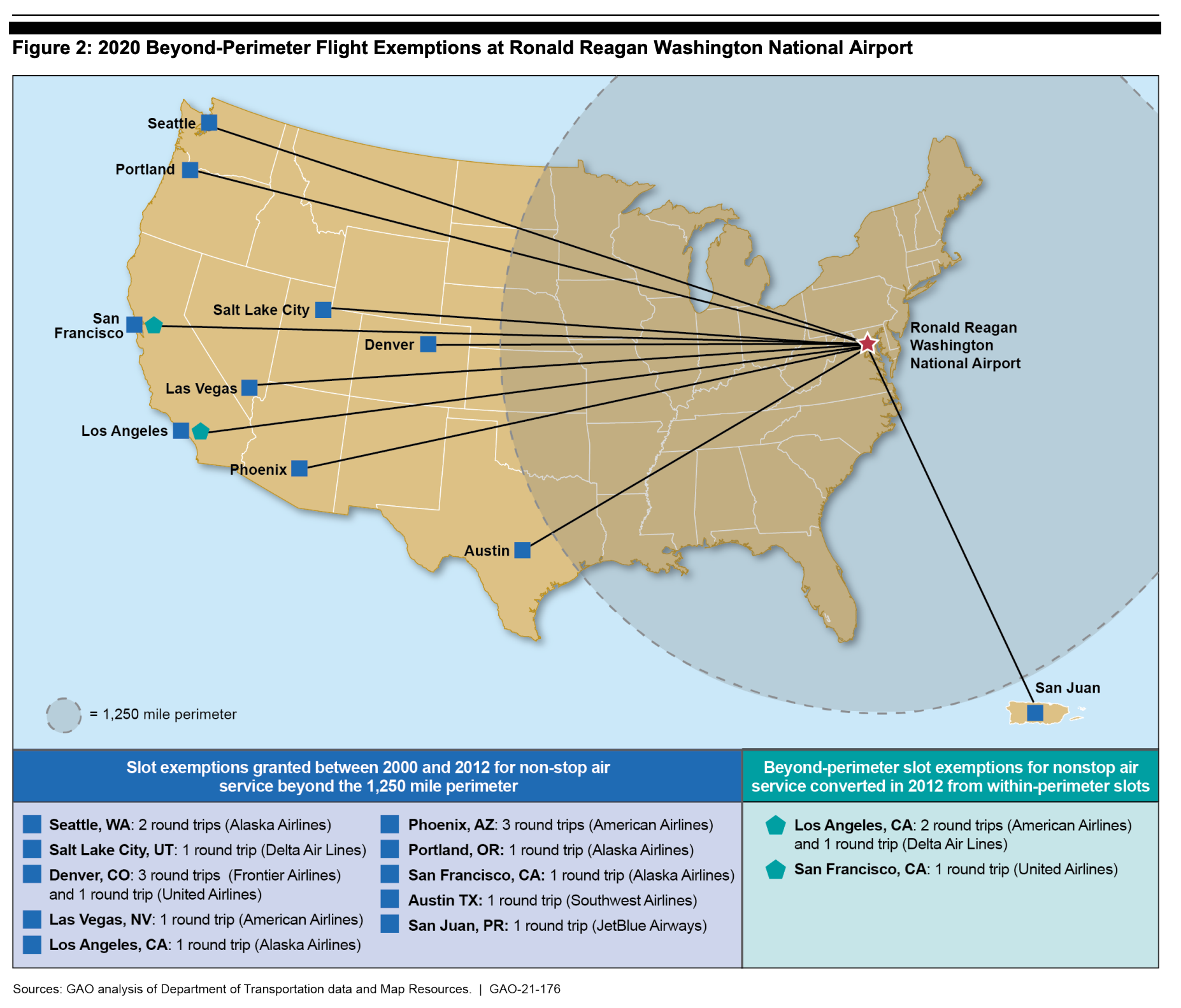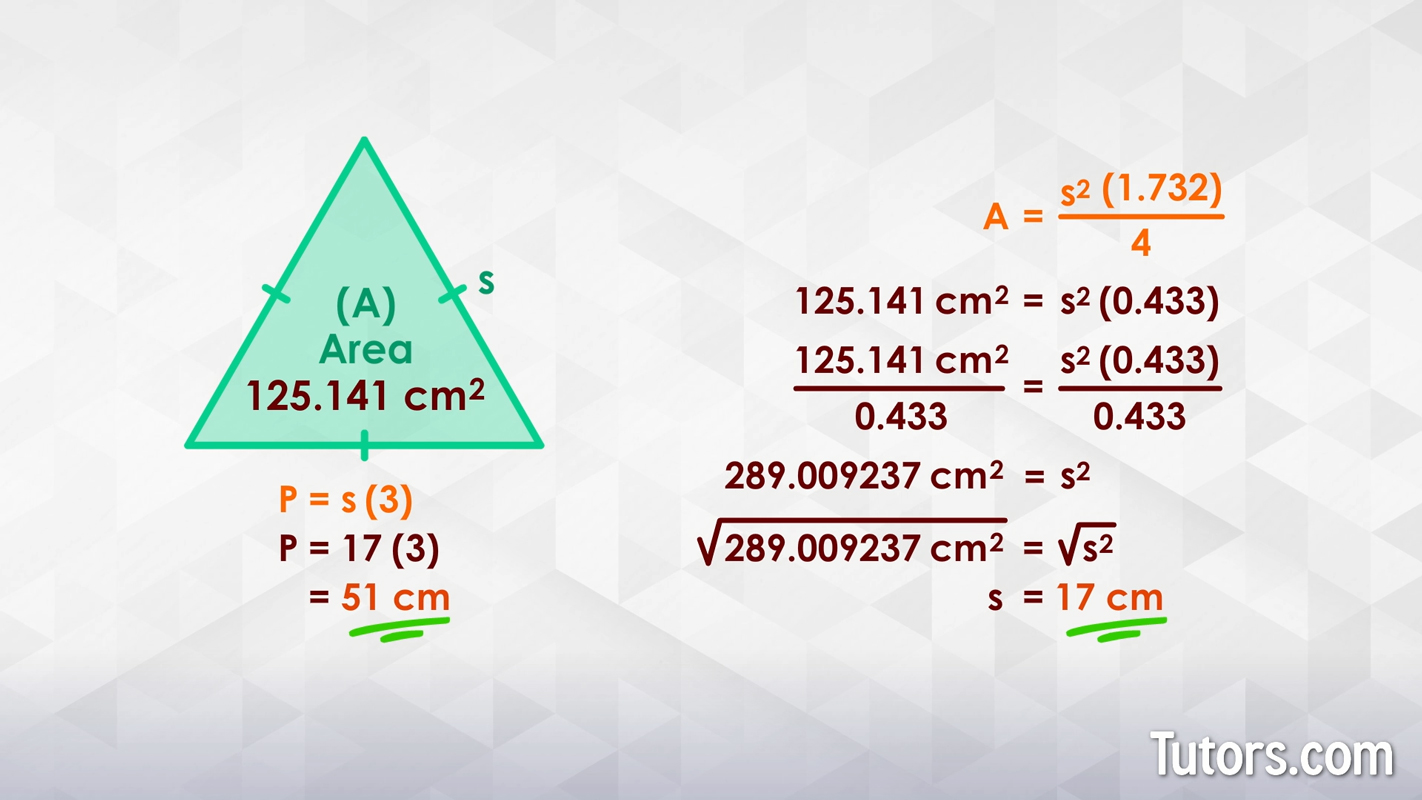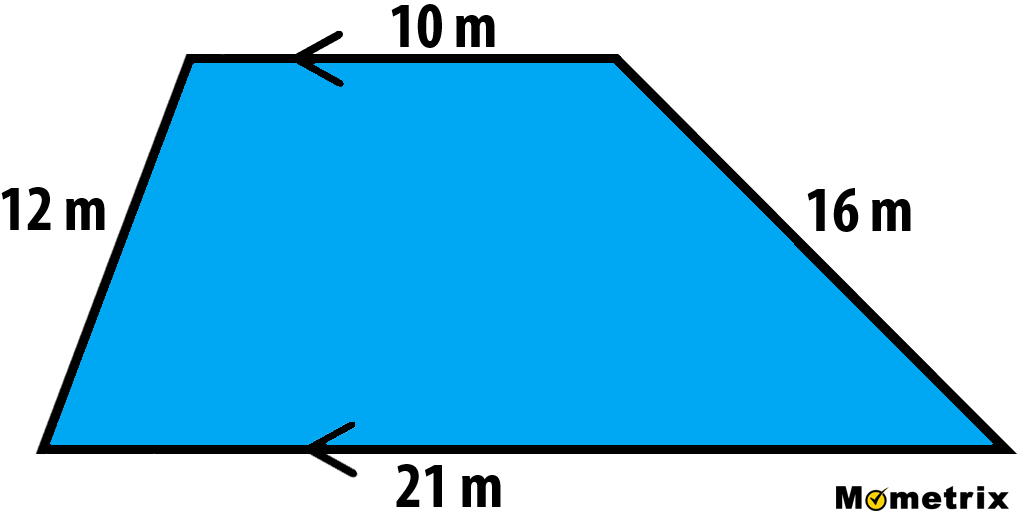Topic area perimeter worksheets: Discover the exciting world of geometry with our comprehensive collection of area perimeter worksheets, tailored to enhance understanding and skills at all learning levels.
Table of Content
- Understanding Area and Perimeter
- YOUTUBE: How to Find the Area and Perimeter of a Rectangle
- Types of Shapes and Their Formulas
- Worksheets by Grade Levels
- Interactive Learning and Activities
- Real-World Applications and Problem Solving
- Customizable and Printable Worksheets
- Additional Resources and Teaching Aids
- Advanced Concepts Related to Area and Perimeter
Understanding Area and Perimeter
Area and perimeter are fundamental concepts in geometry, crucial for understanding the properties of various shapes. The perimeter is the total length of the outer boundary of a shape, while the area represents the space enclosed within this boundary.
Basic Formulas
- Rectangle: Perimeter = 2(length + width), Area = length × width
- Triangle: Perimeter = sum of all sides, Area = 0.5 × base × height
- Circle: Perimeter (Circumference) = 2πr, Area = πr² (where r is the radius)
Applications in Real Life
Understanding area and perimeter is vital in various real-world scenarios, such as in construction for calculating the amount of materials needed, in architecture for designing spaces, and even in everyday tasks like determining the quantity of paint required for a room.
Learning Through Worksheets
Worksheets are an effective tool for practicing these concepts. They often include problems on finding the area and perimeter of standard shapes like rectangles, triangles, and circles, as well as more complex figures like polygons and trapezoids. They can vary in complexity, making them suitable for different grade levels and learning stages.
Developing Problem-Solving Skills
Working through area and perimeter problems helps students enhance their problem-solving and critical thinking skills. It encourages them to apply mathematical concepts to solve practical problems, preparing them for more advanced mathematical challenges.

READ MORE:
How to Find the Area and Perimeter of a Rectangle
\"Discover the fascinating world of rectangles in this captivating video! Learn about their unique properties, how to calculate their area and perimeter, and unlock the secrets of this fundamental shape. Get ready to be mesmerized by the wonders of rectangles!\"
Area and Perimeter Worksheets
\"Unlock the key to mastering mathematics with these engaging worksheets! Designed specifically for Grade 5 students, these interactive worksheets cover various mathematical concepts, from fractions and decimals to geometry and algebra. Watch the video to access expert guidance and enhance your math skills like never before!\"
Grade 5 Mathematics: Perimeter - Solving for the Missing Side
\"Calling all Grade 5 math enthusiasts! Dive into the exciting world of mathematics with this illuminating video designed just for you. Unlock the magic of numbers, explore different mathematical operations, and tackle challenging concepts in an enjoyable and accessible manner. Get ready to embark on an unforgettable math adventure!\"
Types of Shapes and Their Formulas
Area and perimeter worksheets cover a variety of shapes, each with its own unique formula. Here\"s a guide to some common shapes and their formulas:
- Rectangles: Area = length × width; Perimeter = 2 × (length + width).
- Squares: Area = side²; Perimeter = 4 × side.
- Triangles: Area = 0.5 × base × height; Perimeter = sum of all sides.
- Circles: Area = π × radius²; Perimeter (Circumference) = 2 × π × radius.
- Trapezoids: Area = 0.5 × (sum of parallel sides) × height; Perimeter = sum of all sides.
- Polygons: Area and perimeter formulas vary based on the number of sides and the length of these sides.
Worksheets may include problems involving these shapes, providing exercises to calculate their area and perimeter based on given dimensions or diagrams. Some worksheets also include complex problems involving multiple shapes, enhancing problem-solving skills.
Through these exercises, students gain a deeper understanding of geometric principles and practical applications in real-world scenarios, such as in construction, design, and everyday measurements.

Worksheets by Grade Levels
Area and perimeter worksheets are tailored to suit various grade levels, ensuring a progressive learning curve. Each grade level focuses on specific aspects of area and perimeter, catering to the developmental stage of the students.
- Kindergarten and Grades 1-2: Introduce basic shapes like squares and rectangles, focusing on simple calculations and understanding of area and perimeter concepts.
- Grades 3-4: Expand to more complex shapes like triangles and circles, incorporating more challenging calculations and introducing new formulas.
- Grades 5-6: Emphasize problem-solving skills with real-world applications, such as area and perimeter calculations for compound shapes and practical scenarios.
- Grades 7-8 and High School: Dive into advanced topics like the Pythagorean theorem, surface area, and volume, preparing students for more complex mathematical studies.
These worksheets often include a variety of exercises, from basic calculations to word problems and real-life applications, ensuring students not only understand the formulas but also how to apply them in different contexts.
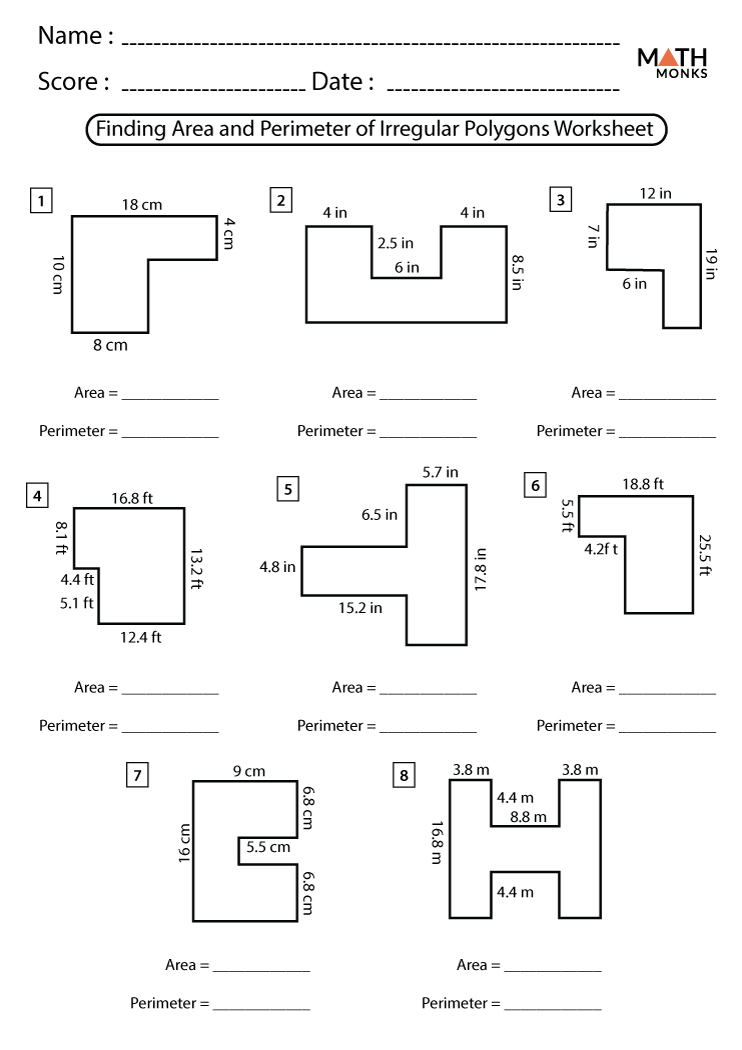
Interactive Learning and Activities
Interactive learning and activities in area and perimeter worksheets provide an engaging way for students to understand these concepts. They include a variety of fun and educational activities to reinforce learning.
- Interactive Activities: Many worksheets incorporate interactive elements like string animations and crossword puzzles. These activities help in visualizing the concepts of area and perimeter, making them more accessible and enjoyable for students.
- Real-World Problems: Worksheets often include real-world problems to solve, such as constructing specific shapes or calculating the area needed for certain projects. This approach helps students understand the practical application of their mathematical skills.
- Varied Exercises: The exercises range from basic calculations to more complex problems, allowing students to progress at their own pace while challenging their understanding.
- Visual Simulations: Some worksheets offer visual simulations, providing students with a more dynamic and engaging way to learn area and perimeter.
- Customizable Worksheets: Teachers and parents can customize these worksheets to cater to the individual learning needs of their students, making the learning experience more effective.
These interactive learning tools and activities not only make learning more fun but also enhance the students\" problem-solving and critical thinking skills, preparing them for more advanced mathematical concepts.
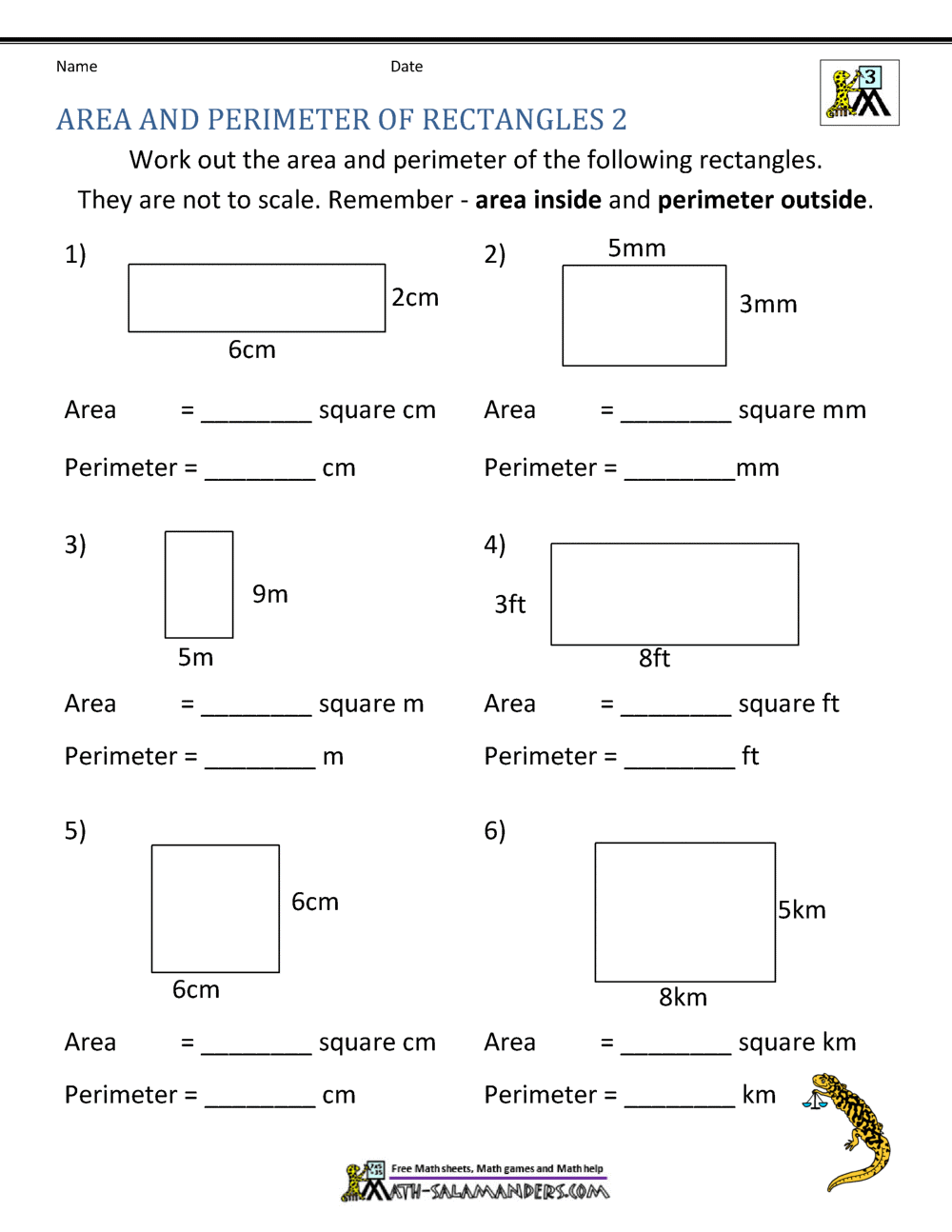
Real-World Applications and Problem Solving
Area and perimeter worksheets are not just about learning mathematical concepts; they also focus on applying these concepts in real-world scenarios. This approach helps students understand the practical importance of these mathematical skills in everyday life and various professional fields.
- Construction and Architecture: In fields like construction and architecture, accurate calculations of area and perimeter are essential for designing buildings and structures. Students learn how these measurements are critical in creating blueprints and ensuring efficient use of space.
- Everyday Problem Solving: Area and perimeter calculations are used in daily activities such as planning interior spaces, gardening, and crafting. These worksheets help students understand how to apply their mathematical knowledge to solve practical problems like determining the amount of paint needed for a room or the fencing required for a garden.
- Enhanced Critical Thinking: By solving problems that mimic real-life situations, students develop critical thinking and problem-solving skills. They learn to approach a problem from different angles and come up with creative solutions.
- Preparation for Advanced Mathematical Concepts: Mastering area and perimeter lays a solid foundation for more complex mathematical concepts encountered in higher education, such as geometry, algebra, and calculus.
Overall, area and perimeter worksheets play a crucial role in enhancing a student\"s ability to apply mathematical concepts in real-life scenarios, thereby bridging the gap between theoretical knowledge and practical application.

_HOOK_
Customizable and Printable Worksheets
Area and perimeter worksheets offer a range of customizable and printable options, making them a versatile tool for educators and learners. This flexibility allows for a tailored approach to teaching these important geometrical concepts.
- Versatile Design: Worksheets are designed to cater to different educational levels and learning styles, offering various problems from basic to advanced levels.
- Customizable Features: Many worksheets provide options for customization. Educators can modify parameters like the measurements of shapes or the complexity of problems to suit the learning needs of their students.
- Printable Formats: Worksheets are available in printable formats, making them easily accessible for classroom or home use. This also allows students to practice offline, enhancing their learning experience.
- Diverse Problem Sets: The worksheets include a variety of problems, ranging from simple calculations to complex real-world applications. This ensures a comprehensive understanding of area and perimeter.
- Interactive Elements: Some worksheets incorporate interactive activities like puzzles and real-world problem-solving scenarios, making learning more engaging and effective.
These customizable and printable worksheets provide an effective and adaptable tool for mastering the concepts of area and perimeter, catering to a wide range of educational needs and learning environments.

Additional Resources and Teaching Aids
Alongside the traditional worksheets for area and perimeter, there are a variety of additional resources and teaching aids available to enhance the learning experience. These resources are designed to supplement the worksheets, providing a more comprehensive and interactive approach to learning these important mathematical concepts.
- Interactive Activities: Websites offer interactive activities like string animations and polygon crossword puzzles. These activities help students visualize the concepts of area and perimeter in a fun and engaging way.
- Supplemental Lessons: Additional lessons are available to complement the worksheets. These lessons provide detailed explanations of perimeter and area concepts, often including real-life applications.
- Word Problems and Webquests: To further challenge students, many sites include word problems and webquests. These activities encourage students to apply their knowledge in practical scenarios, enhancing their problem-solving skills.
- Geometry Resources: Additional geometry resources are available, covering a range of topics like the Pythagorean theorem, surface area, and volume. These resources help students connect area and perimeter concepts to broader mathematical topics.
- Teaching Tools: Various teaching tools, such as calculators, puzzles, and critical thinking problems, are provided to assist in teaching and understanding these concepts. These tools help in creating a dynamic learning environment.
These additional resources and teaching aids are instrumental in providing a well-rounded educational experience, helping students not only understand the basics of area and perimeter but also how to apply these concepts in various contexts.

READ MORE:
Advanced Concepts Related to Area and Perimeter
As learners progress in their understanding of area and perimeter, they can explore more advanced concepts that apply these fundamentals in various mathematical and real-world contexts. These advanced concepts help in deepening their understanding and application of geometry.
- The Pythagorean Theorem: This theorem plays a crucial role in geometry, especially in calculating the area and perimeter of triangles and complex shapes. It is essential for understanding the relationships between the sides of right-angled triangles.
- Surface Area and Volume: Advanced worksheets often include problems on calculating the surface area and volume of three-dimensional shapes like cubes, cylinders, and spheres. These concepts are vital in fields like architecture, engineering, and science.
- Transformations and Coordinate Geometry: Understanding how shapes transform within a coordinate grid, and how these transformations affect area and perimeter, is an advanced topic. It includes studying translations, rotations, and reflections of shapes.
- Similar Figures and Scale Ratios: This involves understanding how scaling a shape affects its area and perimeter. Problems may include comparing similar shapes and determining scale factors.
- Application in Real-World Problems: Advanced problems may include real-life scenarios such as construction planning, where precise measurements of area and perimeter are crucial, and understanding geometric properties in art and design.
These advanced concepts provide a deeper and more practical understanding of area and perimeter, preparing students for higher-level mathematics and various real-world applications.
Embark on a journey of mathematical discovery with our area and perimeter worksheets, designed to illuminate and inspire. These resources are your gateway to mastering geometry, blending theory with real-world application for a comprehensive learning experience.
